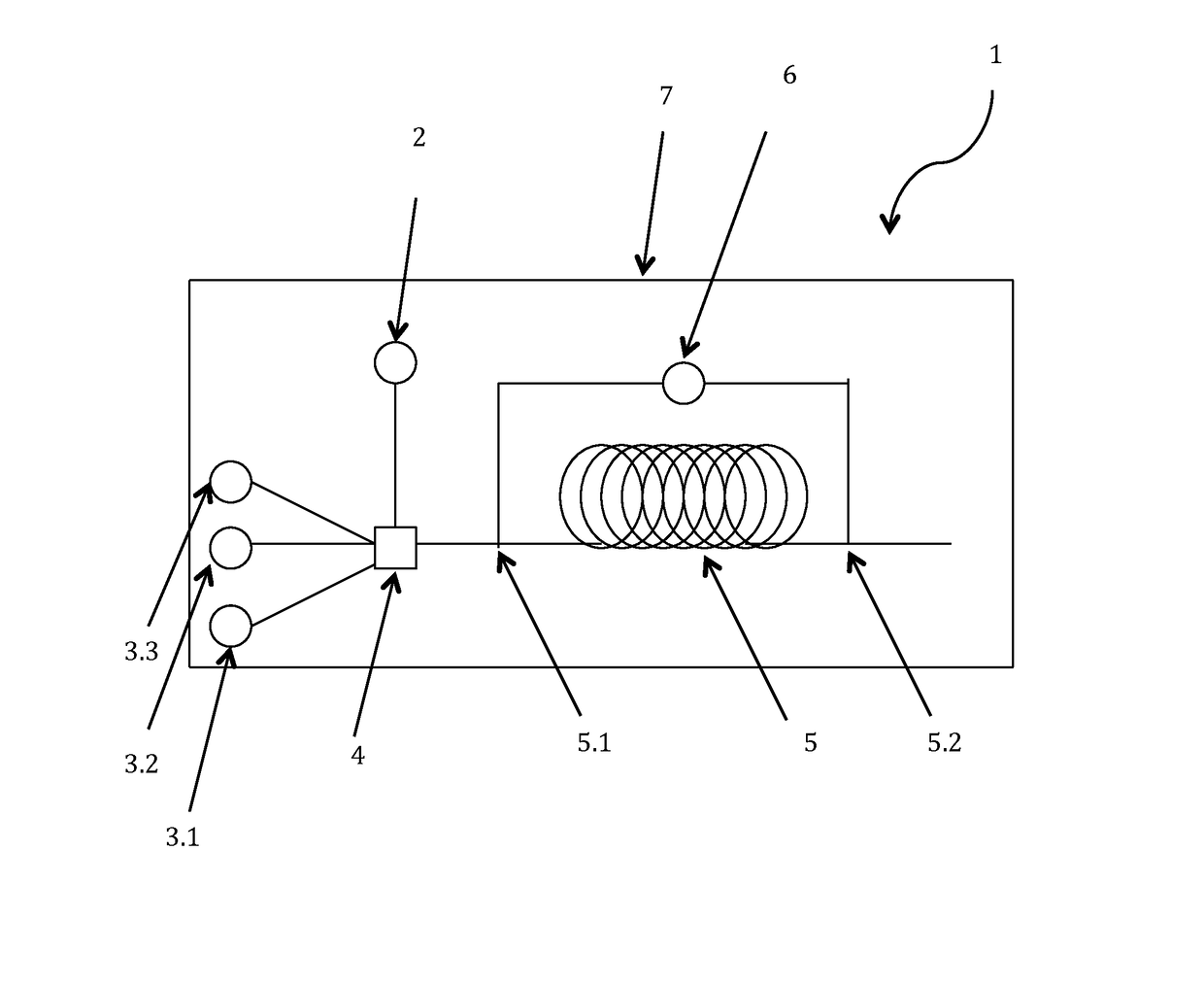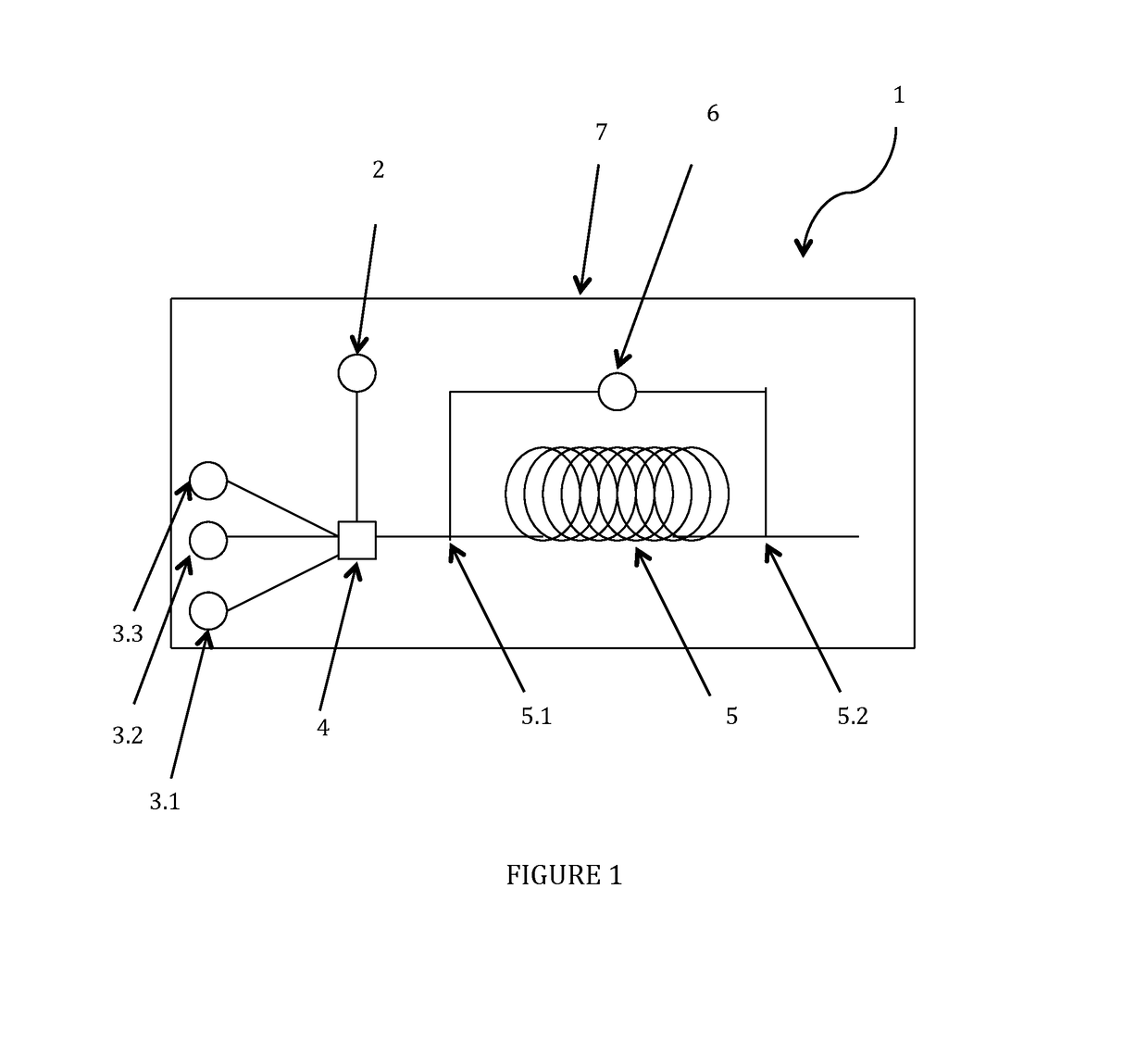Dispersing additive for asphaltenes and its uses
a technology of asphaltene and additive, which is applied in the direction of hydrocarbon oil treatment, drilling composition, chemistry apparatus and processes, etc., can solve the problems of clogging of filters or clogging of pipes, loss of productivity, and complex interaction of asphaltenes with their environmen
- Summary
- Abstract
- Description
- Claims
- Application Information
AI Technical Summary
Benefits of technology
Problems solved by technology
Method used
Image
Examples
first embodiment
[0089] the medium to be treated can be any composition of crude oils comprising asphaltenes and in particular a composition located in an underground reserve, a composition of crude oils extracted from the ground, a bitumen composition, or any hydrocarbon fraction resulting from a composition of crude oils by a fractionation method, such as, for example, refining or extraction. According to the invention, the following are included in the bitumens: bitumens of natural origin, those present in natural bitumen or natural asphalt deposits, or bituminous sands. The invention also relates to the bitumens originating from the refining of crude oil, in particular from the atmospheric and / or vacuum distillation of oil, it being possible for these bitumens to optionally be blown, visbroken and / or deasphalted and / or mixed. Bituminous binders are included in the products derived from the compositions of crude oils.
[0090]The term “bituminous binder” is understood to mean the binders obtained di...
second embodiment
[0092] the medium to be treated can be an asphalt or bituminous mix composition or a bituminous binder for its use in an asphalt or bituminous mix composition.
[0093]The term “asphalt” is understood to mean a mixture of bituminous binder with inorganic fillers. The inorganic fillers are composed of fines (particles with dimensions of less than 0.063 mm), of sand (particles with dimensions of between 0.063 mm and 2 mm) and optionally of gravel (particles with dimensions of greater than 2 mm, preferably of between 2 mm and 4 mm).
[0094]The term “bituminous mix” is understood to mean a mixture of bituminous binder with aggregates and optionally inorganic fillers. The aggregates are inorganic and / or synthetic aggregates, in particular recycled milled mixers, with dimensions of greater than 2 mm, preferably of between 2 mm and 14 mm.
[0095]The asphalts are mainly used to construct and cover pavements, while the mixes are used to construct roads. In contrast to the mixes, the asphalts are no...
PUM
| Property | Measurement | Unit |
|---|---|---|
| Temperature | aaaaa | aaaaa |
| Temperature | aaaaa | aaaaa |
| Temperature | aaaaa | aaaaa |
Abstract
Description
Claims
Application Information
 Login to View More
Login to View More - R&D
- Intellectual Property
- Life Sciences
- Materials
- Tech Scout
- Unparalleled Data Quality
- Higher Quality Content
- 60% Fewer Hallucinations
Browse by: Latest US Patents, China's latest patents, Technical Efficacy Thesaurus, Application Domain, Technology Topic, Popular Technical Reports.
© 2025 PatSnap. All rights reserved.Legal|Privacy policy|Modern Slavery Act Transparency Statement|Sitemap|About US| Contact US: help@patsnap.com



